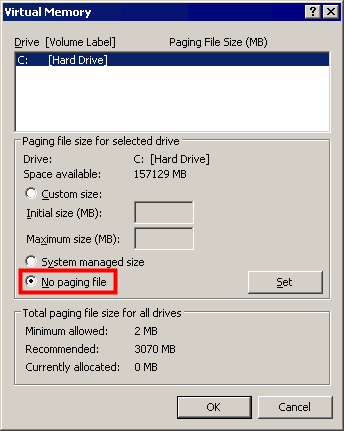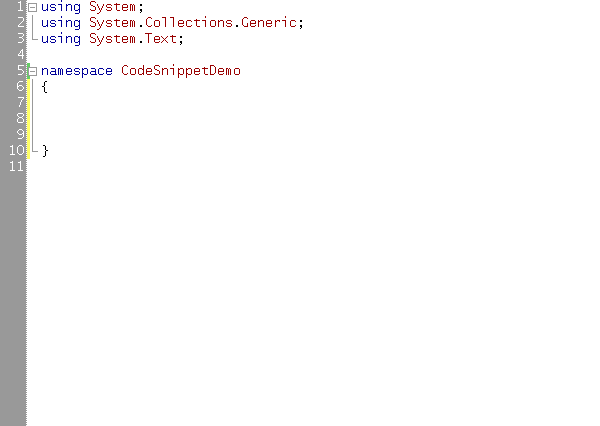regex
Excluding Matches With Regular Expressions
Here’s an interesting regex problem: I seem to have stumbled upon a puzzle that evidently is not new, but for which no (simple) solution has yet been found. I am trying to find a way to exclude an entire word from a regular expression search. The regular expression should







